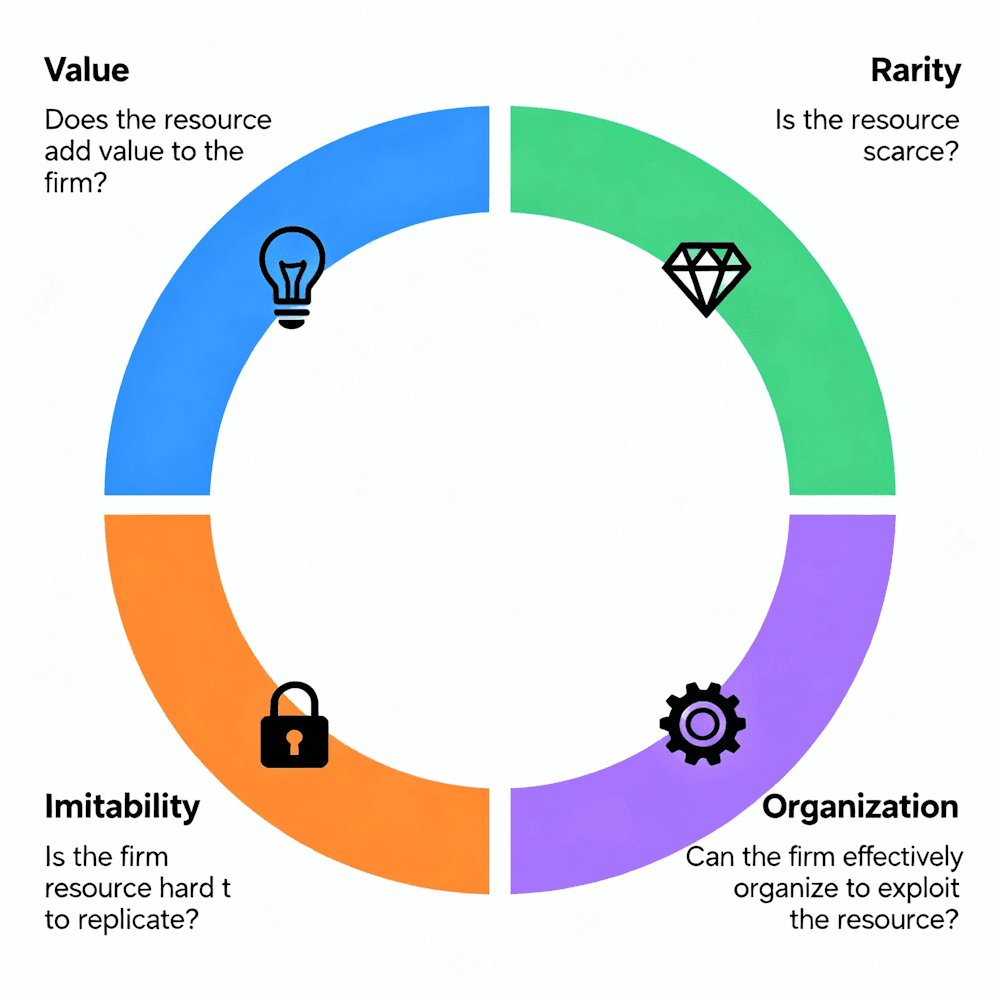Miles and Snow identified four business-level strategies: Defender, Prospector, Analyzer, and Reactor. Understanding these strategies can help organizations align their operations and workforce with their long-term goals.
1. Defender's Plan
Organizations that use a defender strategy try to keep new competitors out of their market. Because of their restricted focus, these businesses rarely need to make significant changes to their technology, structure, or methods of operation. Instead, they focus their efforts on enhancing the efficiency of their current activities. Defenders can be effective, particularly in a dying industry or a stable economy.
No one can stay in business by sitting still, so making at least minor adjustments along the way is vital to stay relevant and competitive. These advancements are often made behind the scenes, in the form of production improvements, cost savings, and so forth.
It’s worth noting that a company doesn’t have to stay in one strategy category for its entire life. As marketplaces expand, it is normal for businesses to switch from one to another. Organizations that were once innovative in their field may gradually revert to defender status as their market becomes less innovative.
2. Strategy for Prospectors
Prospector strategies encourage organizations to be inventive, seek new opportunities, take risks, and expand. Organizations must foster creativity and flexibility to implement this strategy. They regularly test potential responses to new environmental phenomena. As a result, these companies are often the ones who bring change and uncertainty that competitors must handle.
In a prospector setting, creativity takes precedence over efficiency. By definition, this type of company will experience big wins and big losses. The goal is for the hits to outnumber the misses, allowing the organization to continue developing.
Prospector enterprises are often found in the technology sector. Some tech firms continue to push boundaries, setting standards for new product development, forcing competition to play catch-up. Others may rest on their laurels and maximize profits until the market shifts.
3. Strategy for Analyzers
Organizations that use analyzer strategies aim to maintain current business operations while being relatively inventive in new ventures. Some products target stable markets, where an efficiency strategy is applied to retain existing consumers. Others focus on more dynamic and novel environments.
True analyzers are not always first to market; instead, they improve on the work of other companies. They may act as secondary innovators, analyzing the industry before attempting to meet demands efficiently. Large organizations using this strategy can enter late in the market and still succeed due to their operational strength.
4. Reactor Strategy
Reactor strategy organizations attempt to balance economical production for existing lines with creative development for new products. Analyzers typically have strict financial controls, flexibility, efficient production, customized products, and cost efficiency.
Maintaining these contradictory processes is challenging. Many large corporations lose market share by taking a reactive approach. Even companies with strong ideas, products, and talent can fall behind if their management responds to the market instead of leading it. Organizations that react rather than innovate, defend, or analyze risk being overtaken by competitors.
Importance of Identifying Your Strategy
It is critical to understand where your company fits within Miles and Snow’s framework. Once your organization selects a strategy, operations can be structured to support the chosen approach.
For example, a company that wants to innovate needs plenty of creative thinkers to lead in new product development. Without the right talent and infrastructure, executing a strategy successfully over time becomes very difficult.



